Blog

So you’ve got a waste business and you have an environmental permit, or you looking for a new site, or maybe you are just starting out. Ultimately many companies require an environmental permit. There are different levels of environmental permits from Part A to Part B. However for the purpose of this article is will focus on those permits that cover waste management activities and are often referred to as waste management licences from the days before the Environment Agency began regulating the waste management sector

Environmental Permitting is an area that Severn Compliance specialise in and it is no surprise that permits for treating waste from the construction and demolition sector are the most frequent that we deal with. This is because waste from the construction and demolition accounts for a high proportion of all the waste that is generated in the UK. This may surprise some people as they may not see soils and recycled aggregates as waste, but as a useable commodity. As a result, this is why many potential permitted activities are overlooked. The rise in demand for building materials, associated costs and environmental impacts of quarrying virgin aggregates makes the use of recycled aggregates an appealing option to both buyers and returning to a product is a great example of the circular economy, but it is not as simple as it may sound. In simple terms if a material is no longer required or ‘discarded’ then there is a high probability of something becoming a waste. As a result the majority of soils, brick, tile, concrete and stones from construction and demolition sites are waste. Invariably the waste is not in a condition where it can be used on the next project or indeed on the same project and as a result it will need to be treated. To treat waste soils, brick, tile, concrete and stones an environmental permit will be required. There are two common situations. One the waste is treated on site and used again within the project or it removed from site and treated at a recycling facility.


